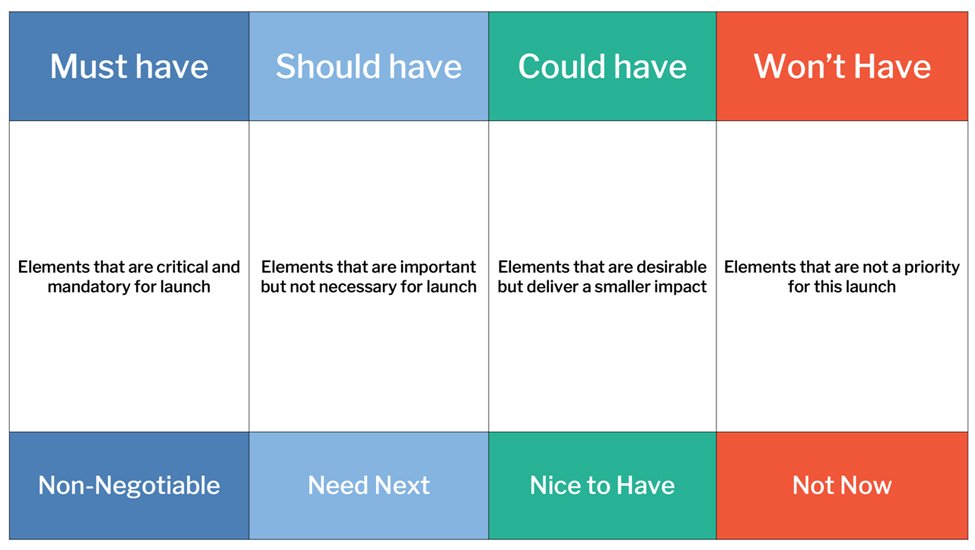
Prioritization Criteria
Determine the relative priority of different initiatives based on the goals and capabilities of your organization.


Determine the relative priority of different initiatives based on the goals and capabilities of your organization.

Organize and visualize the relative priority of different marketing initiatives for your organization.
This is a project from Kickframe – a digital marketing strategy consulting and training company.